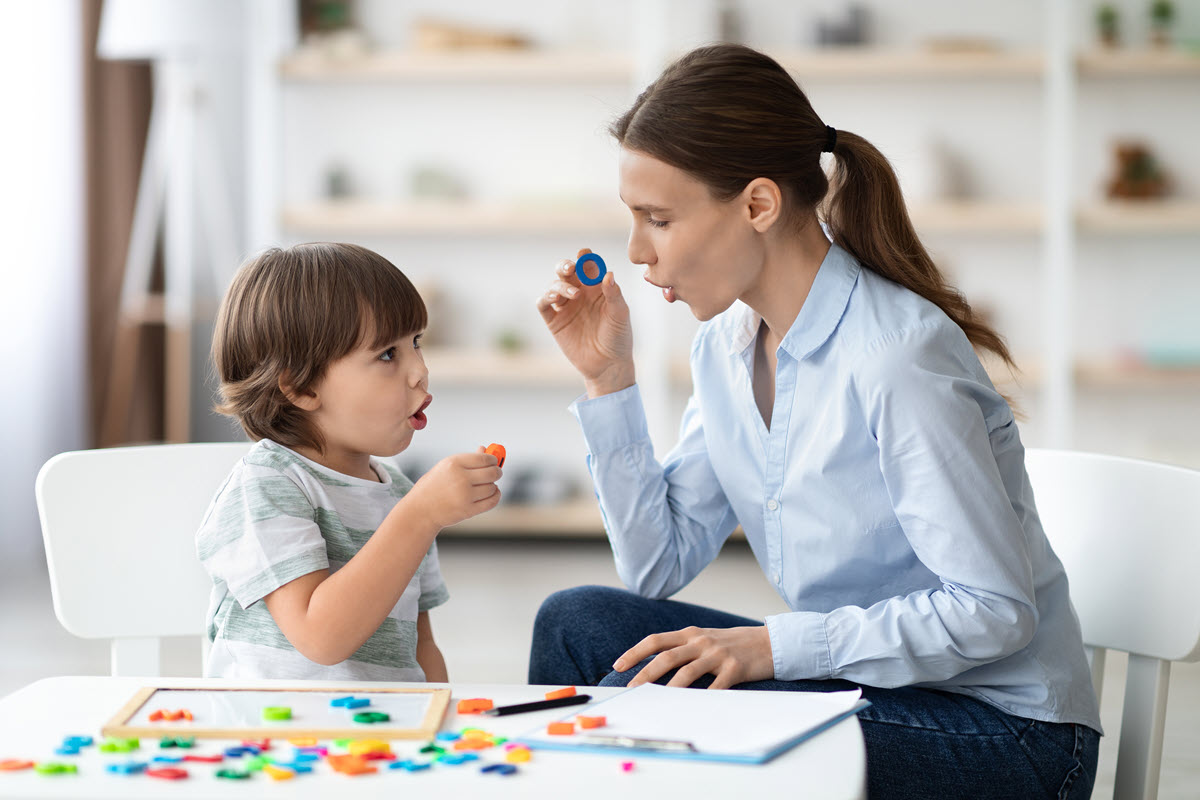Reflecting on Progress
January provides a natural opportunity to reflect on a child’s progress in communication and language skills. Taking a moment to consider what’s been going well and identifying areas for further growth can guide your focus for the months ahead.
Start by observing how children interact with others and how they express themselves. Pay attention to:
- The words or phrases they use.
- How well they follow instructions.
- Their ability to take turns in conversations or play.
- Their confidence in speaking to adults and peers.
Ask questions like:
- “What are they confident doing?”
- “Where are they showing signs of need?”
Using these observations, set realistic goals for their speech and language development. For example, a young child might work on building their vocabulary, while an older child might focus on storytelling or asking and answering questions. If you’re unsure where to begin, seek input from a speech and language therapist or other professionals for tailored advice.
1. Building Vocabulary Through Winter Themes
The winter season provides a rich opportunity to expand children’s vocabulary. Snow, ice, frost, and cold-weather clothing introduce descriptive words and concepts that might be new to them. Use everyday experiences to introduce and practise this vocabulary:
- During outdoor play: “The ground is slippery because it’s frosty. Can you feel how cold the ice is?”
- While dressing for the weather: “Let’s put on your woolly hat. What else do we need to keep warm?”
- Through imaginative play: Pretend to be polar explorers or animals living in snowy habitats. Describe what you see, hear, or feel in the imaginary setting.
Repetition is key. Encourage children to use new words in different contexts to help them remember and understand their meanings.

2. Encouraging Storytelling and Sequencing
January’s quieter moments are ideal for storytelling activities, which help children develop sequencing skills and express their thoughts clearly. Start by reading winter-themed books or sharing stories about recent holidays or adventures. Encourage children to:
- Retell the story in their own words.
- Arrange events in the correct order using prompts like “What happened first?” and “What happened next?”
- Predict what might happen next in a story.
For a creative twist, work together to invent a new story. Use prompts such as:
- “Imagine you woke up to find the world covered in snow overnight. What would you do?”
- “What if a penguin knocked on your door?”
Encourage children to draw pictures or act out their stories to make the experience more engaging and accessible.
3. Support Social Communication
Returning to school after the holidays can be a big adjustment for children, especially those with speech, language, or communication needs. Use January to focus on rebuilding social communication skills by:
- Practising greetings and conversations: “How was your holiday?” or “What did you do over the break?”
- Encouraging turn-taking through games like board games or simple group activities.
- Helping children express their feelings about returning to routine: “What are you excited about?” or “Is anything worrying you?”
Role-playing common social scenarios, such as asking for help or joining in with a group, can also build confidence in navigating social interactions.

4. Incorporating Movement and Language
Physical activity can be a powerful way to reinforce language learning. Pairing movement with words or instructions helps children connect language to actions, making it more memorable.
Try winter-themed action songs or games such as:
- “If You’re Happy and You Know It” with winter clothing actions: “If you’re chilly and you know it, stamp your feet!”
- A snowball toss game using soft balls, with instructions like: “Throw it high, throw it low, throw it to the left/right.”
These activities encourage listening, following directions, and practising new vocabulary, all while keeping children active and engaged.
5. Creating Calm Communication Opportunities
January can feel overwhelming as children transition back to routine. Create calm, structured moments to practise communication in a relaxed environment. This might include:
- Quiet reading time with favourite books.
- Art and craft activities where children can describe what they’re making: “I’m painting a snowy scene. What are you drawing?”
- One-on-one chats about their day, focusing on open-ended questions: “What was your favourite part of today?”
Providing a predictable environment and clear visual or verbal prompts can help children feel secure and more willing to engage in communication.
January is a time to set the tone for the year ahead, building strong foundations for speech and language development. By using everyday activities and seasonal themes, families and educators can create meaningful learning opportunities that support children’s communication skills and confidence. For more resources and strategies, visit Elklan Training to explore how we can help you support children’s communication journey.






